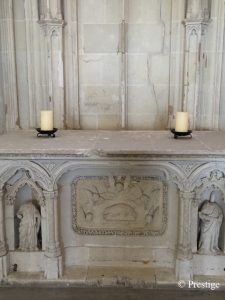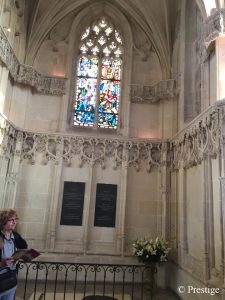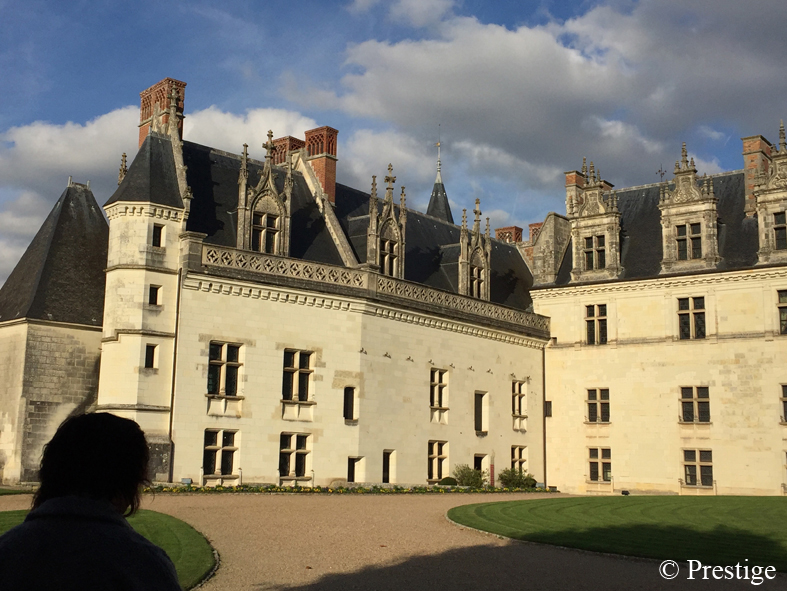1516 Leonardo da Vinci left Rome on the invitation of François I, king of France who became his protector and appointed him «first painter, engineer, and architect of the king».

Aged 64, Leonardo da Vinci crossed Italy with his three paintings today exhibited at the Louvre museum: Mona Lisa, The Virgin, The Virgin and Child with Saint Anne. The king placed at the disposal of the genius of the Renaissance a manor «Clos Lucé», near to his château in Amboise.

Considered as a historical monument, the château Clos Lucé enables the public to discover the works of Leonardo da Vinci. The elegant façade of colored bricks and white stones bears the architectural style of the XVth century. A virgin called Virgo Lucis, achieved by Leonardo da Vinci disciples, gave its name to Clos Lucé.


On May 2nd, 1519, Leonardo da Vinci died at the age of 67 in his bedroom at Clos Lucé. He was buried at Collégiale Saint-Florentin, in château Amboise, as stated in his last will. The remains of Leonardo da Vinci were found and placed in 1874 in Saint-Hubert chapel at Amboise château. A bust of the painter is erected at collégiale Saint-Florentin.


On May 2nd, 2019, to commemorate the 500th anniversary of his death, the French and Italian presidents, Emmanuel Macron and Sergio Mattarella met at Clos Lucé and meditated on Leonardo da Vinci’s grave, in tribute to the genius of Renaissance.









